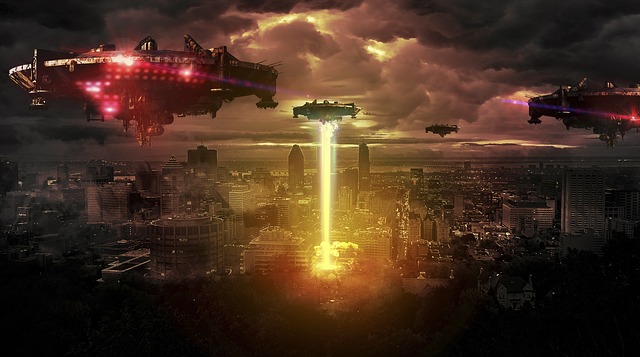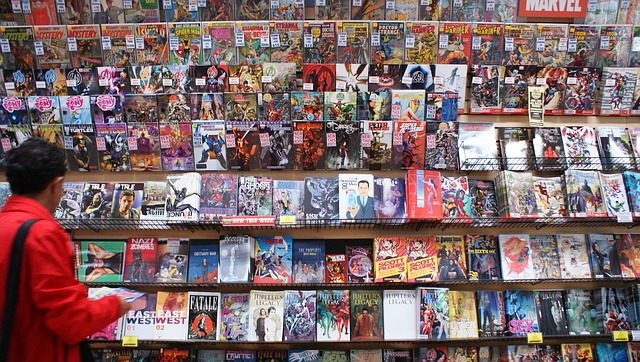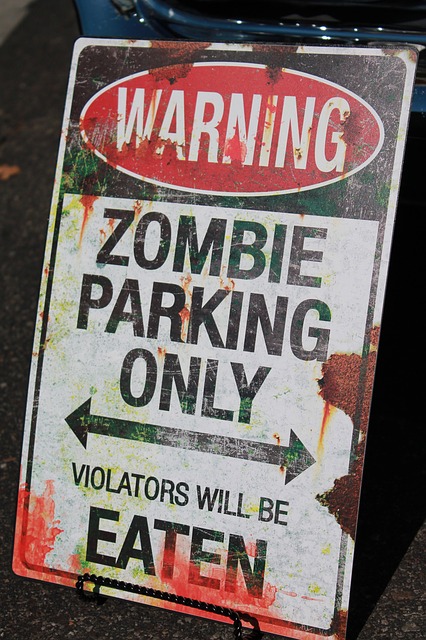Depending if you want the short answer or the long one.
Spoiler alert!
The short answer is ‘patience’.
Now, here’s the long one.
You’ll probably ‘need a team’. Waitaminute, that was a pretty short answer too. Well don’t worry, you’re about to get your money’s worth as I explain what I mean by a team.
Creating a graphic novel is a delicate balance of narrative, voice, character development, art, design, directing, production, marketing, connections and stamina…phew!
Did you get all that? Good, on to the next topic–
OK OK, I’m sure that didn’t quite answer your question entirely. So let’s break down each one of those topics a little for you.
NARRATIVE:
Yes, even though 95% of your page will be covered with artwork, you still have to tell a convincing story. Only this time, it will be in script format. You also have to tell it clearly enough that it translates well to the artist, if you are working with another to complete your graphic novel. Whereas in a novel, you can get by with telling a compelling narrative with strong plot devices and compelling characters, you have to take a broader role in the production of a graphic novel. You now assume both the head writer position and the director position. (more on this later.)
VOICE:
Although this will be assisted by strong visuals, where the reader may not have to envision what your character looks like, they will get a strong sense for your characters attitude and motives by the way they speak, interact and exchange with other characters in your graphic novel. This medium elevates the limitations of characters and their voice to include sound effects, subtle movements, facial expressions, bursting balloons, whispers and so forth. And the speed with which this antics are expressed are usually much quicker than the page or so it would take to develop that voice in novel form.
CHARACTER DEVELOPMENT:
Much of this can be left to the imagination of the reader, in standard narrative. Now you are pre-defining each character’s appearance to your reader. Make sure you do so carefully, you don’t want to lose their interests or let them down with a hurried design. Now that you have cemented the look and feel of the character you and your artists job will be to keep that character consistent throughout the length of your graphic novel. Sure they can have their own character arc, but once your present that character in a panel, you will have to keep the momentum rolling.
ART:
Here’s a big one, for obvious reasons. The graphic novel medium is split between those that can visually tell a compelling story and those that must rely on the skills of others to bring their story to life through the visual medium. Either way you need to be able to communicate effectively, either to your left brain or your right hand person, exactly what you want to see play out on the page in visual format. This is typically much easier said than done. It takes a special discipline to wade through all the labor intensive panels, transitions and sequences of a graphic novel, from page 1 to page 128. Keeping everything flowing nicely, keeping it all consistent, keeping the quality high. They all play into the final output.
DESIGN:
What does the overall package look like? If you don’t have a compelling ‘brand’ your story might be great, or your art might be great, but it may never get the chance to shine. Think about visiting a company’s website for the first time. Was it slow to load? Was it professional in appearance? Did it have much to be desired? You can never redo a first impression, so make sure not to skimp on the design aspect. (Yes, this includes the logo, the title page, the choices for black/white backgrounds for each page and so forth, contributing to the overall look and feel of the entire package.)
DIRECTING:
When I write a graphic novel, or comic book script, I recognize myself as a director with a megaphone trying to keep all the pieces moving. Sometimes you get ahead of yourself by being a little too encouraging, or perhaps moving faster than the other parts can keep up with. Once you’ve been through the process once or twice you’ll realize compassion and understanding play a huge role. (Whether it’s for yourself, your supporters, your team mates and so on.) Try to keep a level head and envision what the end-reader’s experience will be like as they read through the final product and immerse themselves in your world. Are they walking away with a good experience or did they feel mislead? Keep the flow and pacing succinct and let the other pieces fall into place.
PRODUCTION:
Once you are completed you will have to have a plan for production. Did you have backers? Do you have a publisher? Much of the production burden will fall on the initiator for the project. So maybe you are an artist with a concept to get a book done. Maybe you tried to take on all the roles to save yourself some money, then you realize the effort was just to great to steam plow through the entire story beginning to end. Maybe you are a writer with a concept and a dream. You realized you had no artistic ability so you tried to find a suitable match. In any situation, the costs to bring on Pro-level help can easily drown a fledgling property, and often does. Especially if time is a factor. If you are string-lining a project it make take 8-10 years to finally complete it. So make sure you are finding a balance. Just remember, no matter how much effort or money you put into the production, 1. it’s all relative 2. chances of failure are high.
MARKETING:
If you thought the time commitment for the art phase was intense, wait until you hit the marketing phase. Whether you were blessed with finding representation or a publisher that saw your potential, or self-publishing, you will be marketing. You’ll be hammering away on social media, chomping at the bit to get press, paying for advertising materials, designing buttons or shirts etc. If you don’t know what you’re doing, your budget can be completely shot in the marketing phase as it typically doesn’t have a pre-defined cap. Usually, the production costs will have a light at the end of the tunnel, but that is not always so for the marketing phase.
CONNECTIONS:
Many times, it’s all in who you know. If you know someone that has been successful, someone that has been published by a major imprint, someone that works for said imprint or any slew of other connections, the going will be much easier for you, especially if they are compassionate to you or your cause. If you are just getting started, the learning curve can be VERY difficult. As you pound the pavement, continue to offer your niche expertise to other creators or industry folk that may in turn prove to be an asset to you. The worst way to look at this is to dive in and find out that nobody owes you anything. (A far cry from what entitlement tells us in the modern age.)
STAMINA:
It’s not easy. It’s not fast. Most often, success never comes. It’s not impossible, but it does require A LOT of hard work AND effort. There will be days you question your sanity. Days you question your goal. Days you realize other aspects of your life are suffering. It is important to keep this all in mind. Make sure you have the time to commit. If you don’t, you might end up wasting your time, the time of others and hurting your personal relationships. Sometimes this can be irreparable. Maintain a level head through the process. Keep your expectations low, not only of yourself but of others, and be pleasantly surprised when you or someone else over achieves. Never stop driving forward if you are committed to this path. Don’t let any naysayers weigh on you or your conscience. Always strive to be better. Always put in the time to actually become better. With enough repetition, hard work and smart problem solving the path will be made clear.
So there–the answer in it’s not so short format. Hopefully this was helpful to any writer, artists, inker, or other looking to become a graphic novelist. Make sure you remain realistic in your venture. There is a finite market for graphic novels and comics just as there is a finite market for print paperbacks and so forth. The learning curve is often very steep and daunting. Make sure your intentions are true if you decide this is the path you want to take. Maintain the flexibility and wherewithal to see it through to the end. If you decide to press on, I hope to see you on the other side of the line.



